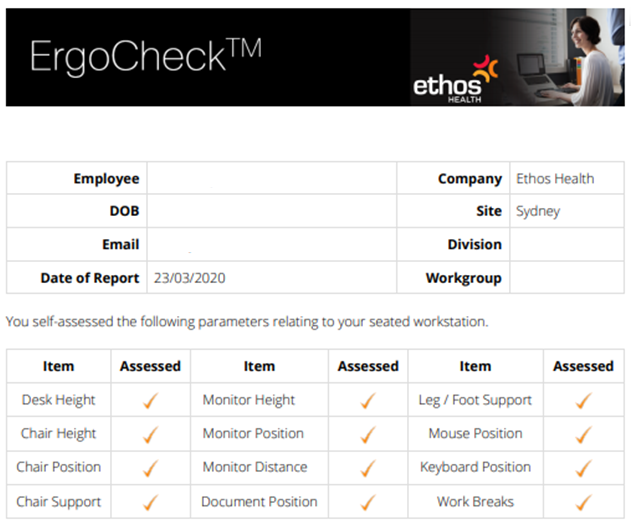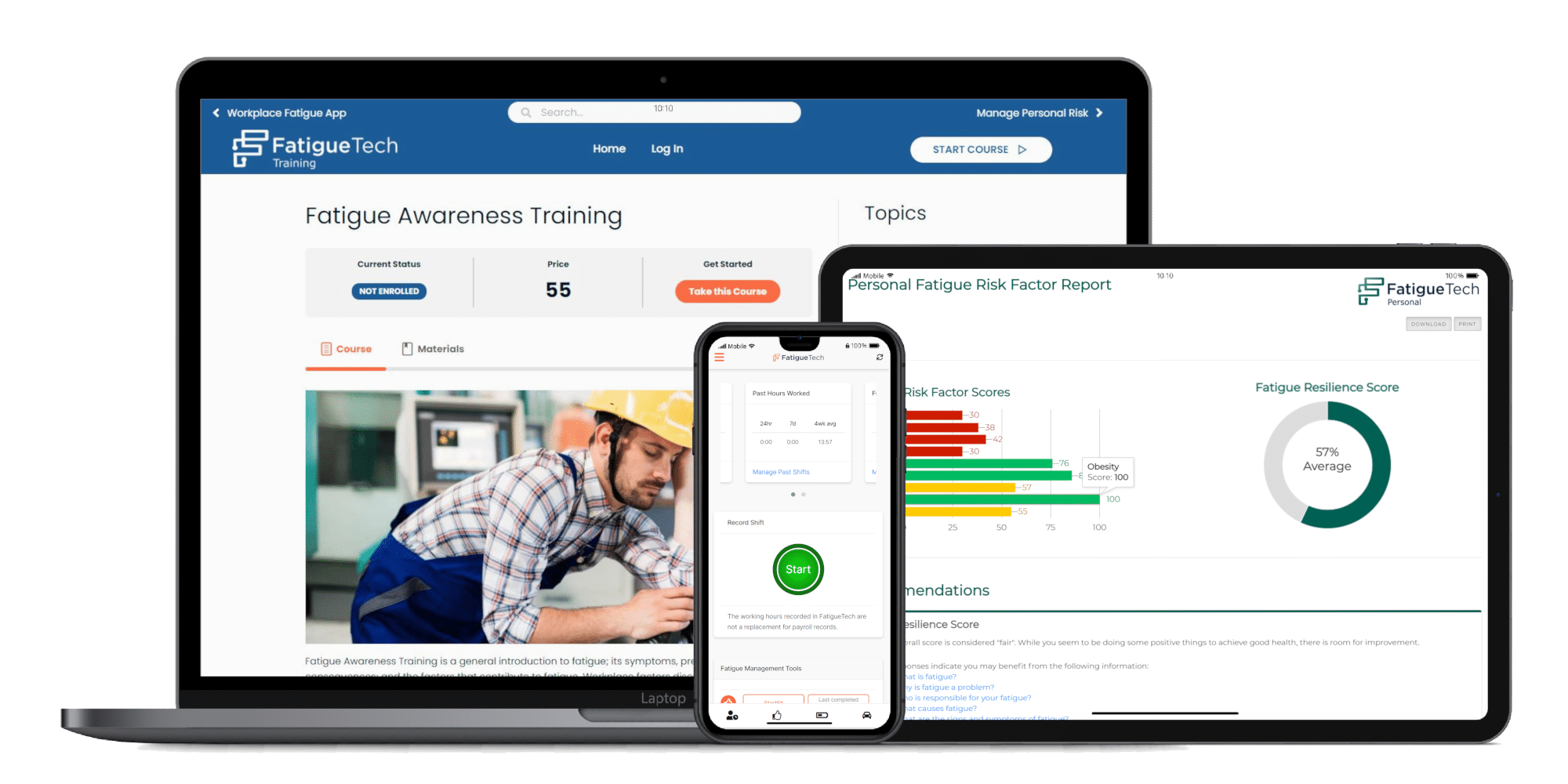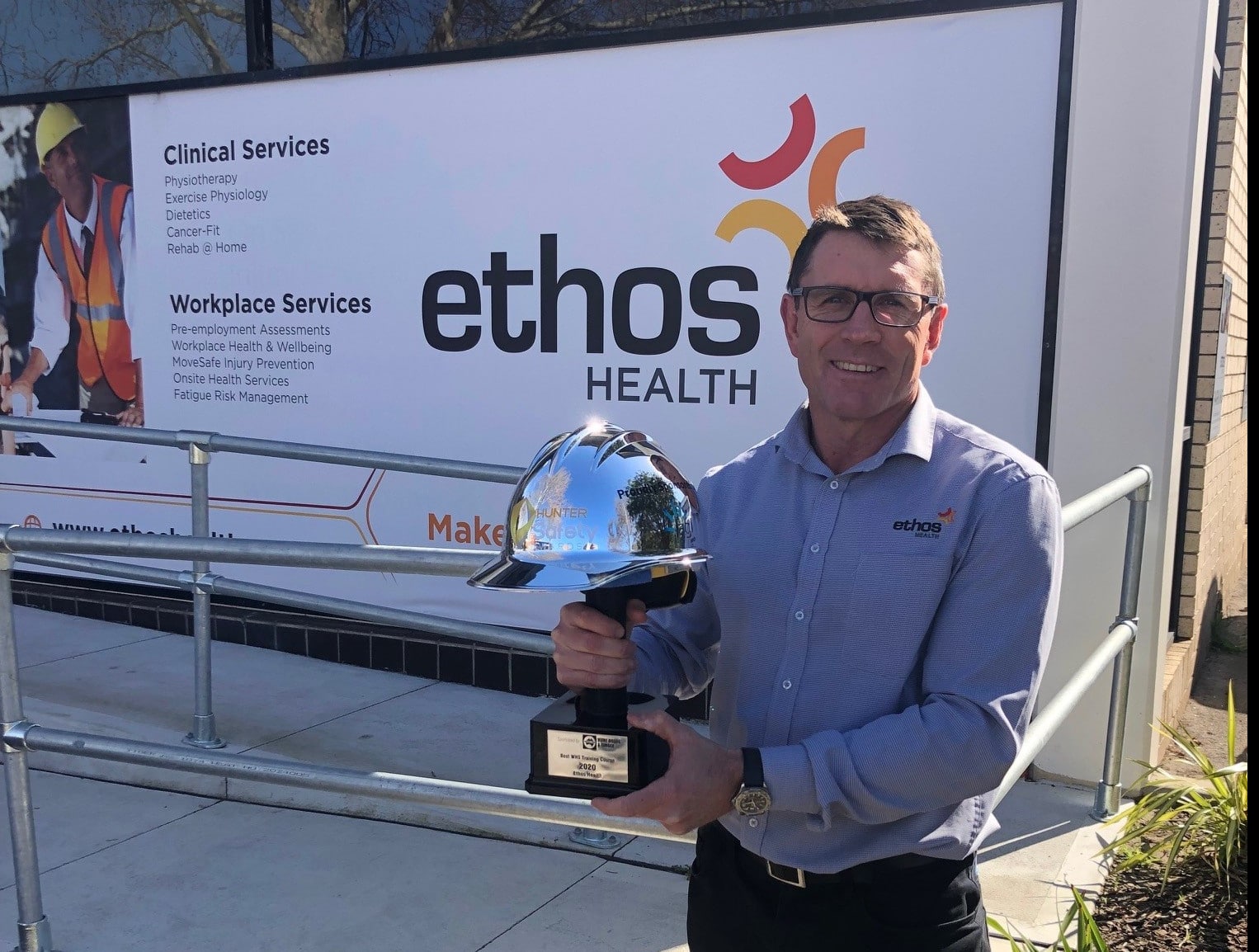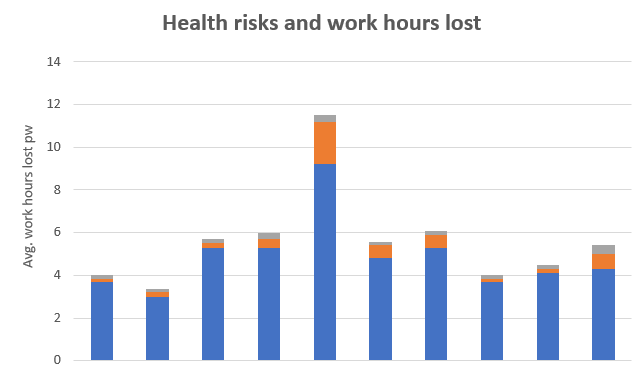How serious is getting manual handling right?

As a health and safety professional, what do you class as a manual task related injury?
Yes, we know that manual task related injuries are the single greatest cause of injury in the Australia workplace, and related lost time. But how serious is it? Safe Work Australia recently published a report ‘Australian Workers’ Compensation Statistics 2013-14’ which outlined the extent to which manual task-related injuries are impacting Australian workplaces.

In fact, in 2013-14, 90% of all serious claims were reported to be musculoskeletal disorders and related injuries. Forty-five percent of these were traumatic joint/ligament and muscle/tendon injuries. During this time, in NSW, 29% of all injuries were specifically manual handling related and they cost an average of $15,000 per injury.
Precisely how these injuries occurred is beyond the scope of the Safe Work report, however experience tells us that the contributing factors will be multi-factorial. Understanding and coming to terms with these factors is critical to an organisations ability to manage manual task related injuries in their unique setting.
Ethos Health proposes 4 key areas the organisation should focus on to minimise the risk of injury. These are interrelated and can be grouped as follows:

How to develop a comprehensive risk management system?
Any effort to address manual task risk in the workplace needs to account for each of these factors. A co-ordinated approach across all factors will see better outcomes for risk management.
Appropriately identifying what manual task risks and which factors are affecting your businesses bottom line can be tough. A small investment in the right place relating to musculoskeletal risks in your business can result in significant savings… But how do you know what area to invest in? Ethos Health understand the challenge, and developed the MoveSafe program.
The MoveSafe program utilises a comprehensive survey and data analysis across People, Systems, Culture, and Leadership factors to guide organisational strategies to reduce your musculoskeletal injury risk profile.
The Bowtie model (below) illustrates what steps your business could consider following the MoveSafe review in relation to better managing the musculoskeletal/manual task risk within your workplace.

For more information about how your business can move towards a comprehensive risk management system for manual handling, please call one of Ethos Health’s experienced industry based Physiotherapists. Or click here to find out about our manual handling support services.






